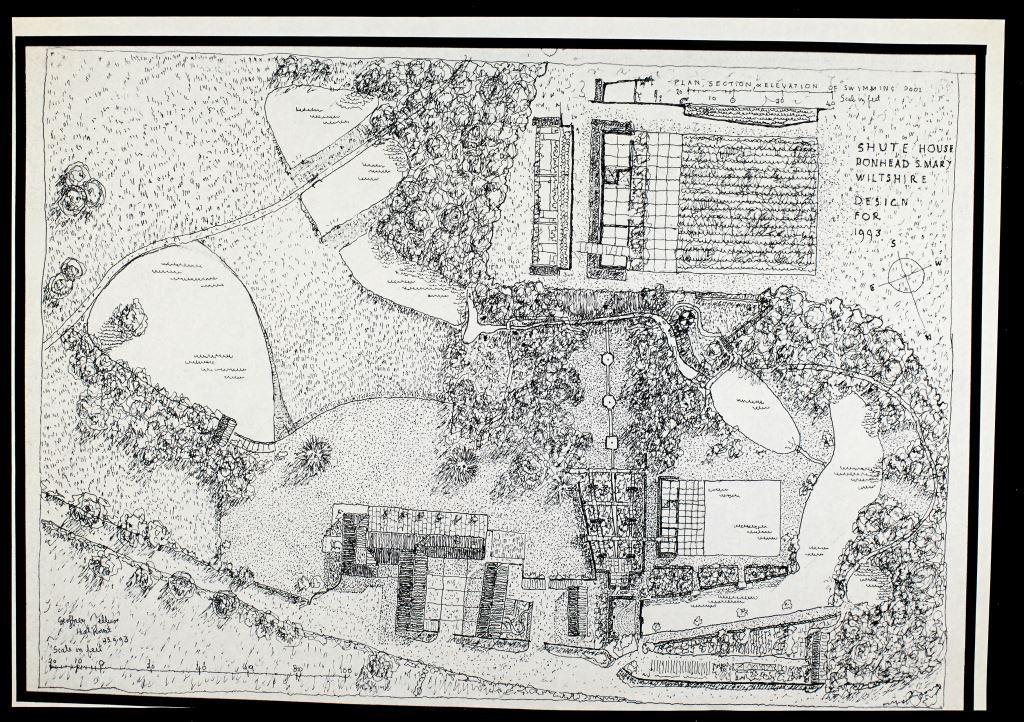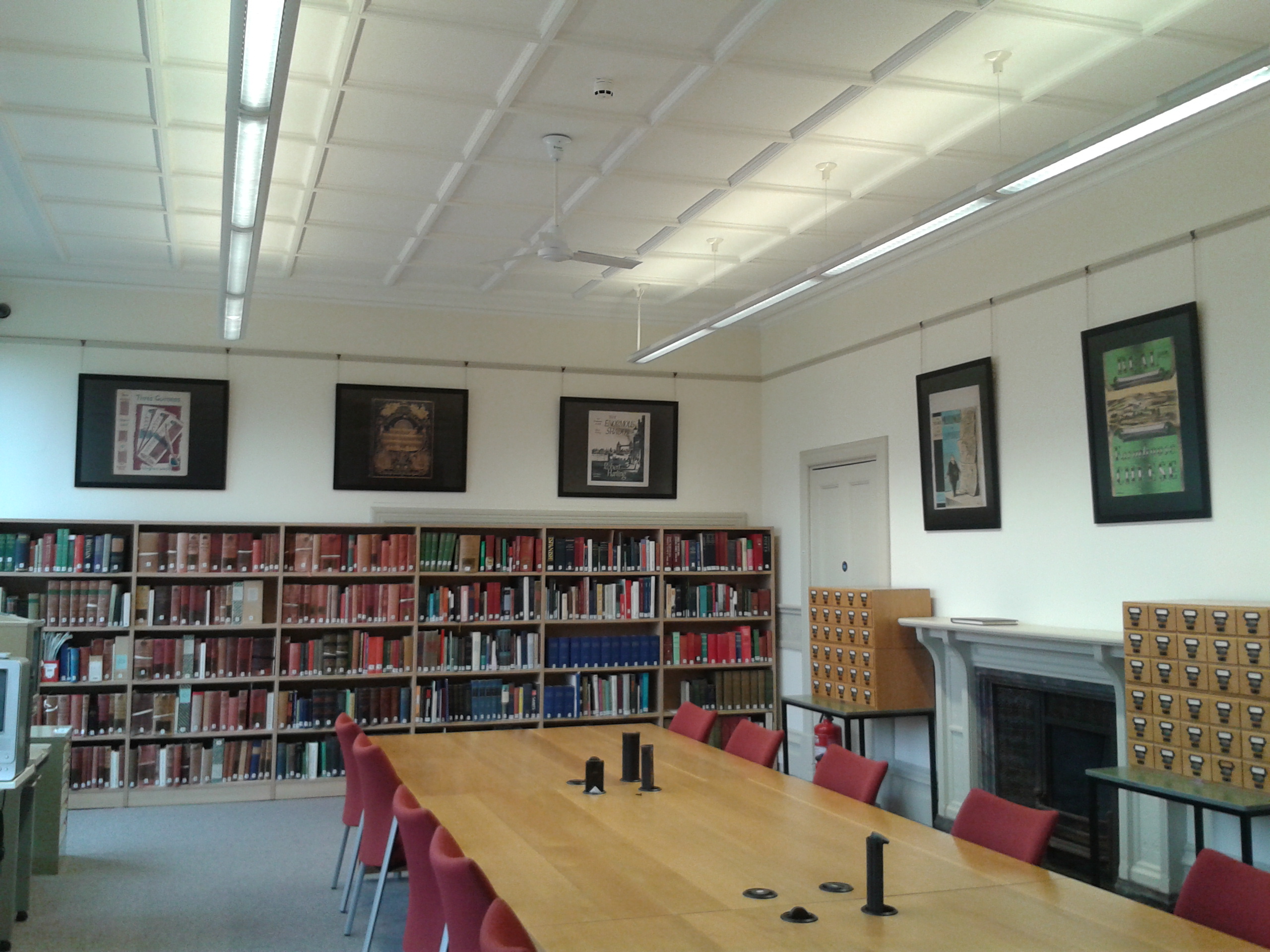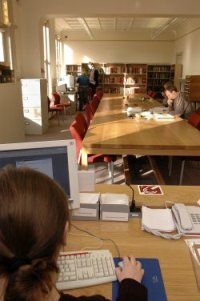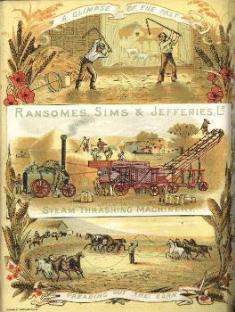Are you an undergraduate, postgraduate, independent researcher or at school?
Are you studying history, geography, architecture, environmental science, ecology or design?
Then come and use our landscape collections in your research (if you’re an undergraduate apply for one of our landscape student bursaries). We’ve even got topic and resource ideas listed here.
So why use our landscape collections? And how?
3 reasons to use our landscape collections:
1. National significance
MERL now holds the best collection of 20th century landscape archives and library material in the UK. Our Landscape Institute collections hold everything from plans, drawings, slides, books, journals and pamphlets to the LI’s institutional archive containing all of their corporate records, such as minutes and membership files.
So if you are interested in a particular project (from anywhere across the UK), a specific landscape architect (maybe Jellicoe, Crowe, Colvin?), the Landscape Institute itself or the emergence of landscape architecture as a profession then we have what you need.
Lots of our other collections support landscape studies too, such as The Land Settlement Association and the Open Spaces Society.
2. Explore your archive
Every day we inhabit built and natural environments. The landscape is all around us, all the time, shaping and informing our lives.
You can reveal all that our landscape collections have to offer by using them in your research. You can draw out previously unknown themes, connections and discoveries.
We house the collections, keeping them safe and making them available to you.
But only you can bring them alive by using them in your research.
For the MERL and Special Collections teams to thrive, we need tea. (Never near the collections, of course). For our landscape collections to shine, they need to be accessed and used.
So be inspired by the National Archives Explore Your Archive week: come and find our more about our landscape collections.
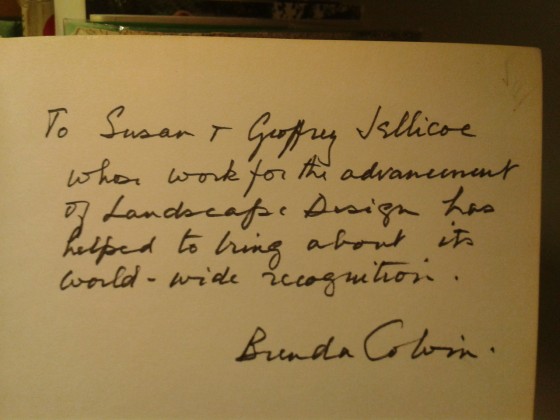
Colvin inscription to the Jellicoe’s, in the front cover of a 2nd edition of her Land and Landscape.
3. Visual delights!
We host a lot of reader’s in our wonderful Reading Room. So we know that you could spend many studious hours looking at reports, minutes or papers.
All very good research that is too.
But you could be looking at this stuff:
(just saying)
How to search and access our landscape collections
We hope you have been inspired to use our landscape collections. Here’s how you can find out more:
- Visit our Landscape Institute archive and library page for an introduction to the collections, handlists and updates.
- Search our integrated archive, library and object catalogue here. You could search for a particular book, place name, or landscape architect for example.
- Subscribe to this blog for further updates in the Discovering the Landscape series and follow us on Twitter and instagram.
Students: your landscape archive needs you
If you are an undergraduate student, don’t forget you have until the end of February 2017 to apply for a bursary to support your use of our landscape collections. Click here for more information.
Please feel free to get in touch with our Reading Room if you have any questions. We look forward to welcoming you and telling you more about our landscape collections.
Written by Project Librarian: Claire Wooldridge


